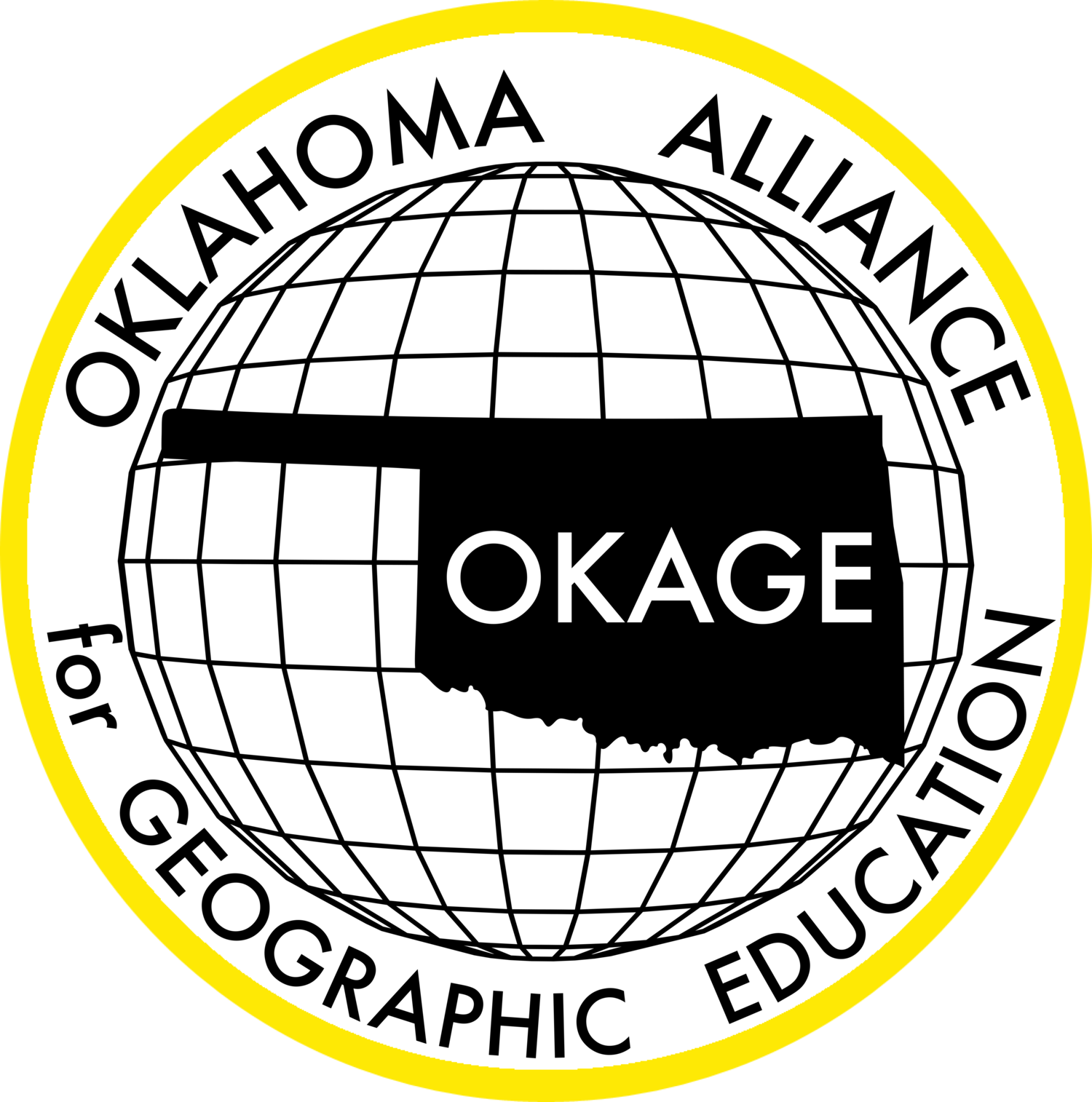Description: The objective of the lesson is to investigate the role and effectiveness of wildlife preserves, utilizing a micro-case study from Kenya and making connections to a variety of ecosystems through an online global tour of significant wildlife preserves. Using the essential and supporting questions, students will analyze the advantages and disadvantages of current environmental protection efforts in order to make recommendations regarding a proposed wildlife preserve in Antarctica.
Grade level(s): Middle School, High School
Standards: OAS, GFL
Produced By: Pam Merrill





















